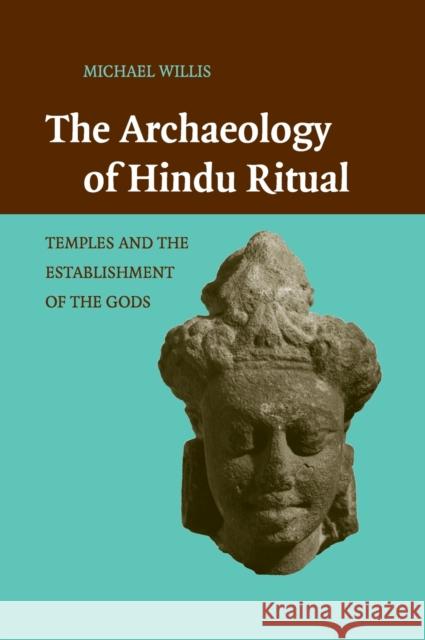The Archaeology of Hindu Ritual: Temples and the Establishment of the Gods » książka
The Archaeology of Hindu Ritual: Temples and the Establishment of the Gods
ISBN-13: 9780521518741 / Angielski / Twarda / 2009 / 390 str.
In this groundbreaking study, Michael Willis examines how the gods of early Hinduism came to be established in temples, how their cults were organized, and how the ruling elite supported their worship. Examining the emergence of these key historical developments in the fourth and fifth centuries, Willis combines Sanskrit textual evidence with archaeological data from inscriptions, sculptures, temples, and sacred sites. The centre-piece of this study is Udayagiri in central India, the only surviving imperial site of the Gupta dynasty. Through a judicious use of landscape archaeology and archaeo-astronomy, Willis reconstructs how Udayagiri was connected to the Festival of the Rainy Season and the Royal Consecration. Under Gupta patronage, these rituals were integrated into the cult of Vishnu, a deity regarded as the source of creation and of cosmic time. As special devotees of Vishnu, the Gupta kings used Udayagiri to advertise their unique devotional relationship with him. Through his meticulous study of the site, its sculptures and its inscriptions, Willis shows how the Guptas presented themselves as universal sovereigns and how they advanced new systems of religious patronage that shaped the world of medieval India.











